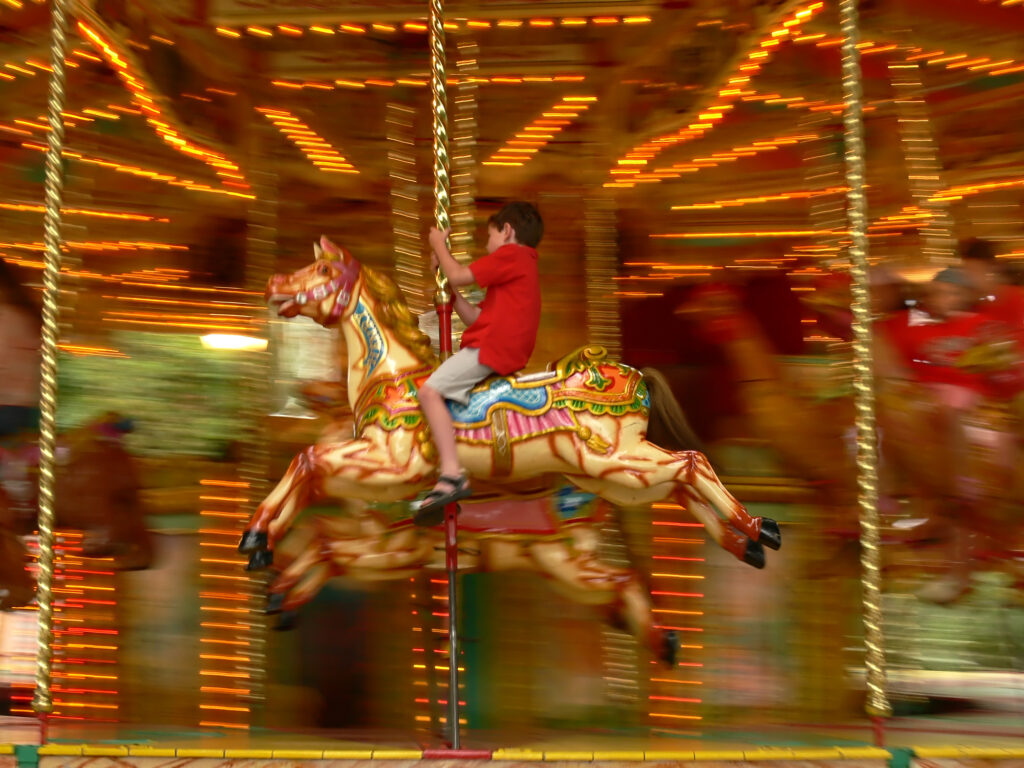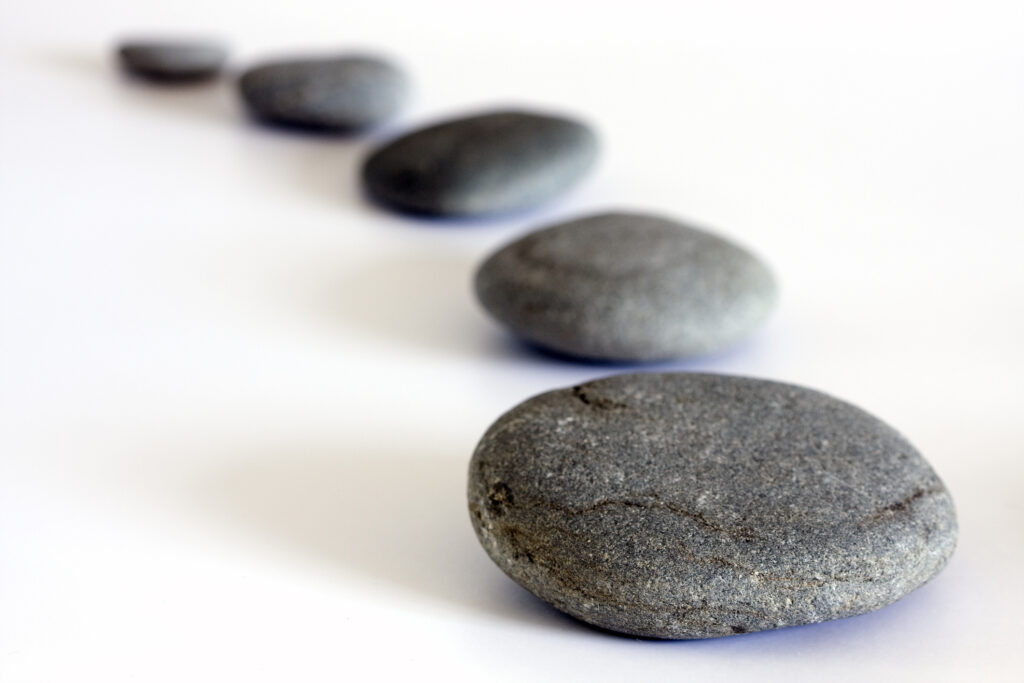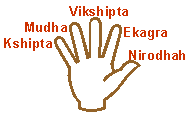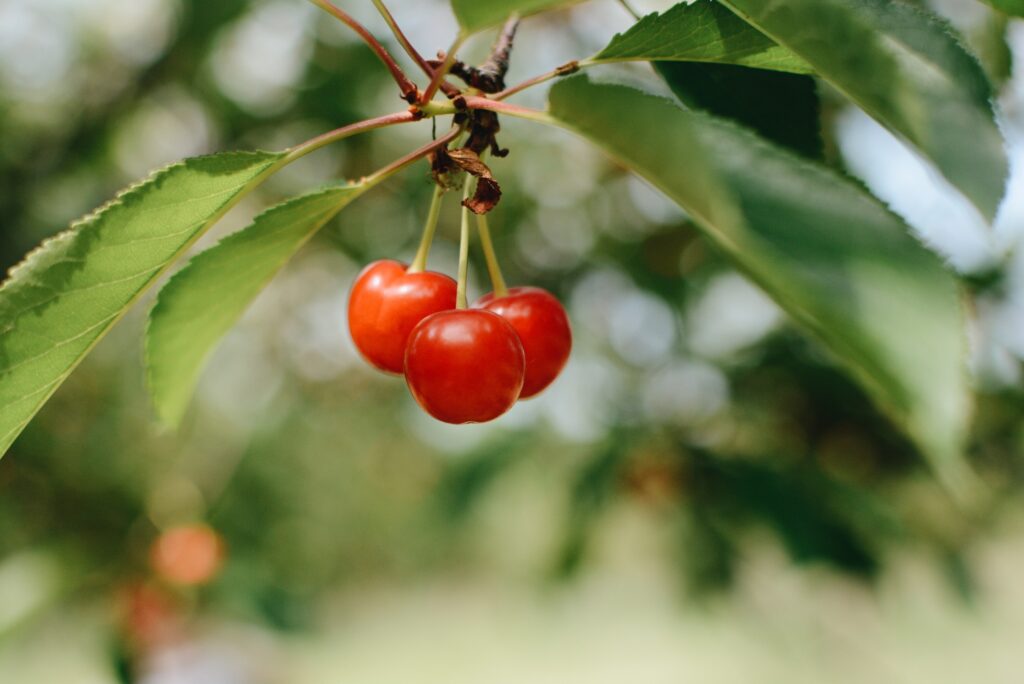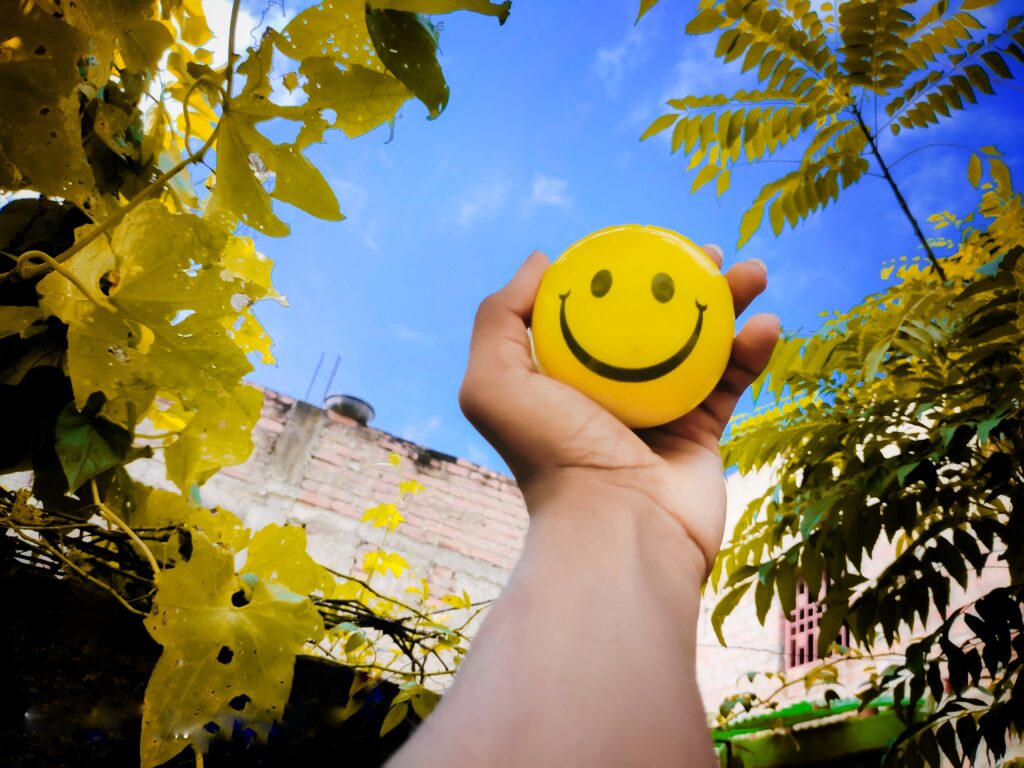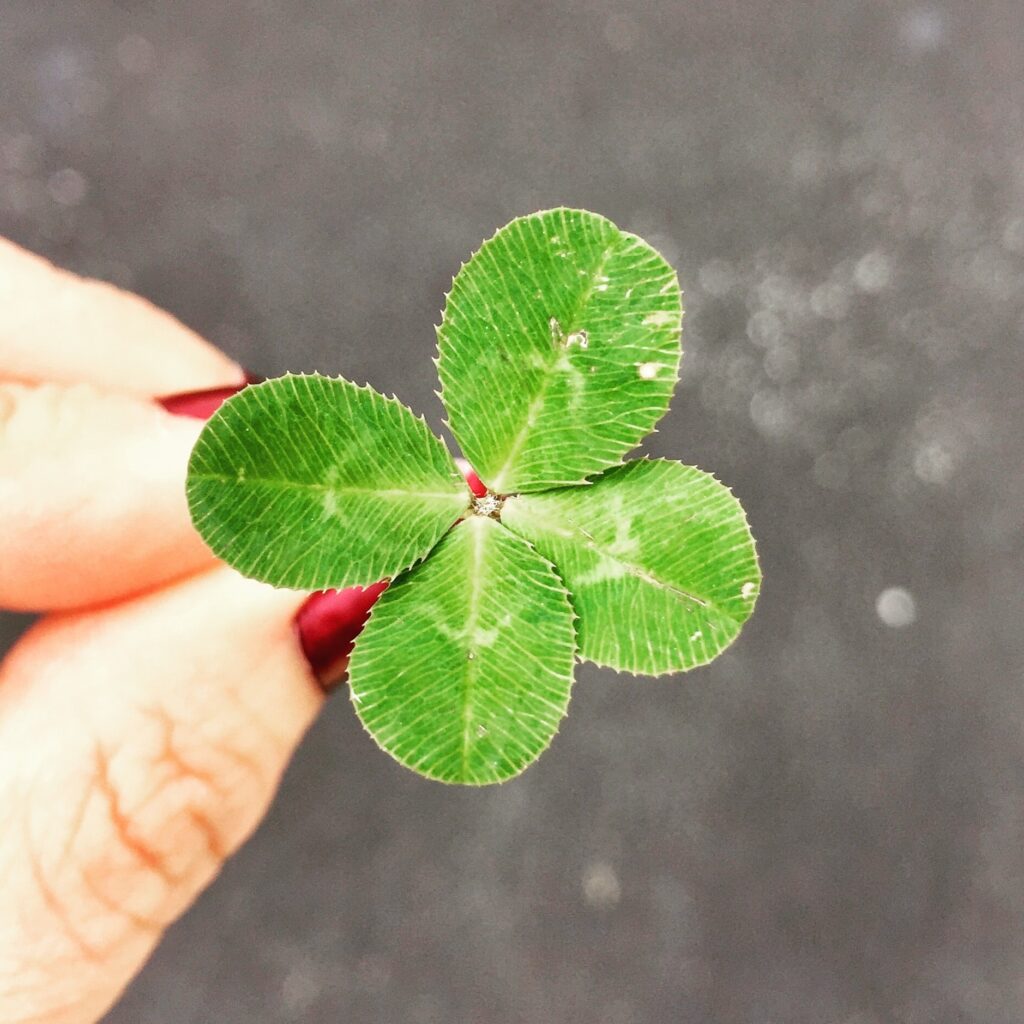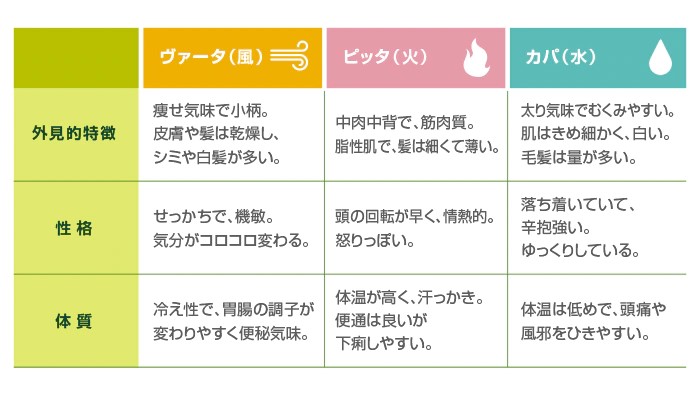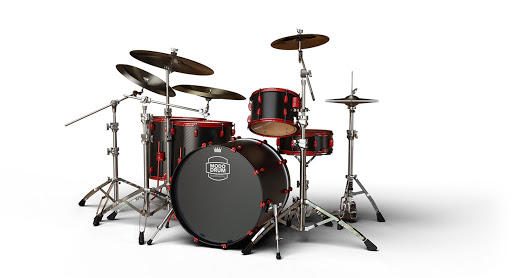【SEEDS of YOGA】全ての瞬間は儚いものだから…
2022-12-01
All Moments Are Fleeting. Let them fleet…
※英語の後に日本語が続きます

All Moments Are Fleeting. Let them fleet…
The Yogis tell us that each moment in life is an opportunity for us to see ourselves. For most of us, there is an overpowering attachment to the moments we most enjoy and, conversely, an overpowering revulsion to the moments we most dislike. The rest of the moments fall along a spectrum of pleasure-attachment and displeasure-avoidance. And we spend much of our lives oscillating between these two sides.
Unfortunately, clinging to these moments or trying to recapture those that have long since passed us by, is a sure-fire path to misery and suffering. Even if we do re-experience that moment of pleasure – that great meal, that stimulating conversation, that brilliant moment of success – it is doomed again to melt away into the abyss we call past or memory, wherever and whatever that may actually be.
That is why yoga philosophy puts so much emphasis on the practice of ‘aparigraha’ (non-attachment) and ‘vairagya’ (renunciation).
But the very same philosophy tells us that we are here to experience the world around us (*1 prakāśakriyāsthitiśīlaṃ bhūtendriyātmakaṃ bhogāpavargārthaṃ dṛśyam) and that through this process, we are able to once again see our true selves; to reunite (yoga) with and abide in our true nature or Higher Self (*2 tadā draṣṭuḥ svarūpe ‘vasthānam).
As we often find with yoga philosophy, what seems like a paradox is actually the key to finding what we are looking for.
Here’s a simple way to look at this:
- We need to experience, really fully and completely experience, life. That means concentrating and fighting the urge to be distracted by smartphones, SNS, bright lights, shiny objects, how green the grass appears on the other side and the loudest barking dog, whether that be a company or a person.
- However, we must do so keeping in mind that the moment is fleeting and is meant to be so. In fact, clinging to the experience is antithetical to fully experiencing the present moment. You can’t be free and cling at the same time. Just watch a free falling skydiver if you don’t believe me!
- We observe ourselves to see if (or rather, when) we are becoming attached to the moments, whether that be chasing those pleasures (*3 sukhānuśayī rāgaḥ) or avoiding pain (*4 duḥkhānuśayī dveṣaḥ).
- By observing ourselves, we get to know ourselves a bit better. Just picture how children observe and get to know their parents and the world around them. We need only do the same – with openness, curiosity and no judgment – but shift the observation to the internal world.
- By adding a little practice of letting go of that which does not serve us, we inch our way closer to our true Self.
It’s not easy to overcome our very human need to attach. This is our innate way of finding stability, security and comfort. We get attached as babies to the caregivers who make eating, drinking and getting clean a possibility. And attachment continues through childhood and into adulthood as we look to fulfill our needs for financial stability, social acceptance and so much more.
However just because it is not easy, doesn’t mean we can’t make a go of it. We can definitely move the bar with even a little bit of effort. And there’s no rush to get it all done in one day.
Start with the realization that all moments are fleeting. This fact doesn’t make the moment less important or lesser in any way. Experience it fully and then watch yourself as you let the moment dissipate. After all, fleeting moments were meant to ‘fleet’. So let them.
*1 Patanjali Yoga Sutras (PYS) II.18
*2 PYS I.3
*3 PYS II.7
*4 PYS II.8
—
全ての瞬間は儚いものだから…

ヨギー達は、人生におけるすべての瞬間は、自分自身を見つめる機会であると説いています。私たちの多くは、楽しいと感じる瞬間に強く執着しがちで、嫌だと感じる瞬間には強く反発してしまうものです。そして私たちは人生の大半をこの2つの間で揺れ動きながら過ごしています。
残念ながら、このような瞬間にしがみつき、過ぎ去った時間を取り戻そうとする事は、自分をイバラの道に迷い込ませるようなものなのです。たとえ、あの時の素晴らしい食事、会話、成功等、極上の瞬間が再び訪れたとしても、それもまた過去や記憶と呼ばれる底しれぬ深いところへとすぐに溶けてなくなっていく運命にあるのです。
だからこそ、ヨガ哲学では「アパリグラハ」(執着しないこと)と「ヴァイラギヤ」(手放すこと)の実践に重きを置きます。
しかしその哲学は、私たちがこの世界にいる理由を以下のようにも説いています。
自分を取り巻く世界を経験し (※1 prakāśakriyāsthitiśīlaṃ bhūtendriyātmakaṃ bhogāpavargārthaṃ dṛśyam)、その経験を通じて本当の自分、すなわち魂に繋がり(YOGA)、その状態を維持していくのだと。(※2 tadā draṣṭuḥ svarūpe ‘vasthānam)
ヨガ哲学でありがちな、一見納得し難い結論に行き着いてしまいそうな説にも聞こえますが、私たちがずっと探しているもののヒントはここにあるのです。
その過程を説明しましょう。
- 私たちは、与えられた人生を、全うしなければなりません。つまり、スマートフォンやSNS、きらきらと眩しく見える物、青く見える隣の芝生ばかりに気を取られている時間はないのです。
- しかし、忘れてはならないこと、それは全ての瞬間は儚いものだということ。人生を全うしようと体験にしがみつくことは、一瞬一瞬を完全に体験することと相反しています。空中を落下するスカイダイバーを思い浮かべるときっと分かりやすいと思うのですが、自由である事と、しがみつく事を同時に行うのは不可能なのです。
- 快楽を追い求めていないか(※3 sukhānuśayī rāgaḥ)、苦しみを避けていないか(※4 duḥkhānuśayī dveṣaḥ)、その瞬間に執着していないか、自分を観察しましょう。
- 自分を観察することで、私たちは自身を少しずつ知り始めます。子供が親や周りの世界を観察し、理解していくように。オープンな姿勢で、好奇心をもって、「こうだ」と始めから決めつけることなく、観察する対象を自分の内面に移すだけでいいのです。
- 自分に必要のないものを手放す練習を少し加えることで、本当の自分自身に近づく道が少しずつ見えてきます。
私たち人間にとって「愛着」という欲求を容易に克服することはできません。なぜならそれは、安定、安全、快適さを求める人間の生まれながらにして持つ本能的な欲求だからです。そして大人になってからも、経済的安定や社会的受容を満たそうとする愛着という名の執着が続いていくのです。
しかし、容易ではないからと言って、頑張れないわけではありません!少しの努力で、必ず扉は開きます。そして、すべてを1日でやり遂げてしまおうなんて焦る必要もないのです。
まず、すべての瞬間は一瞬なのだと知ることから始めましょう。一瞬だからさほど重要でない、というわけではなく、丁寧に体験し、見届けましょう。結局のところ、儚い瞬間は儚いためにあるのですから。
*1 Patanjali Yoga Sutras (PYS) II.18
*2 PYS I.3
*3 PYS II.7
*4 PYS II.8

